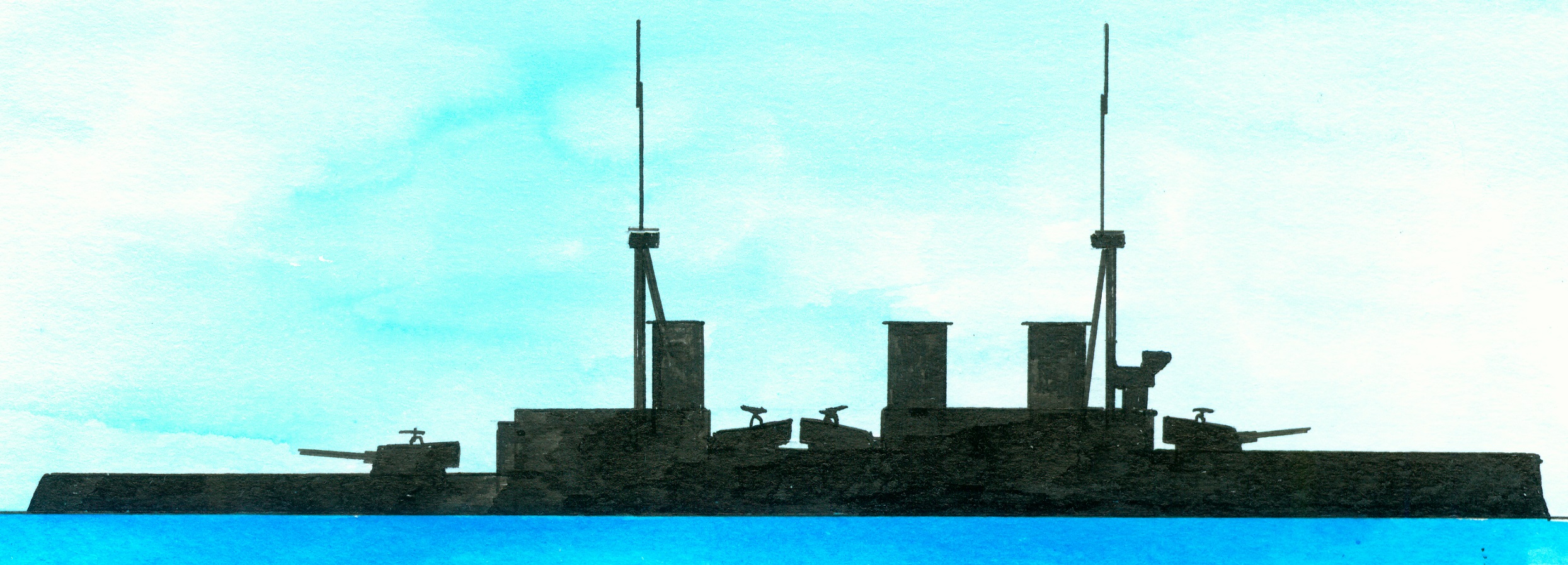battle cruiser HMS Tiger
Indomtable of the Invincible-class battle cruisers
Lion-class battle cruisers
Notes
1. From the Battle of Dogger Bank between German and British naval forces on 24 January 1915.
2. Launched at the Devonport Dockyard, Plymouth, England on 29 September 1909, launched on 6 Augustus 1910, completed in May 1912, commissioned on 4 June 1912, laid up in reserve in March 1920, as a result of the Washington Naval Treaty stricken, paid of on 30 March 1922 and sold to be broken up for 77.000 pound sterling on 31 January 1924. Building costs 2.086.458 pound sterling. Of the Lion-class preceded by the Indefatigable-class and succeeded by the Queen Mary and consisting of the Lion and the, Princess Royal nicknamed Splendid Cats. This class was realized as a result of the German arms race and to be able to destroy the German Moltke-battle cruisers. Displacement 26.690 tons/26.270 long tons (normal load)-31.310 tons/30.820 long tons (deep load) and as dimensions 213,4 x 27,0 x 9,9 (deep load) x 1,8 (metacentric height at deep load) metres or 700’ x 88‘6.75”x 32.5’ x 6‘. The 2 paired sets Parsons direct-drive steam turbines in separate engine-rooms manufactured by Vickers and 42 Yarrow boilers (in 7 boiler rooms) supplied via 4 shafts 70.000 (design)-76.000 (trials) shp allowing a speed of 28 (design) knots. With a speed of 10 knots and a coal bunker capacity of 3.556 tons and 1.153 tons fuel oil was the range 5.610 nautical miles. Their crew numbered 1.092 men. The armour consisted of a 10,2-22,9cm/4-9” thick belt, 10,2cm/4” thick bulkheads, 6,4cm/2.5” thick decks with the gun turrets, barbettes and conning tower protected by respectively 22,9c./9”, 20,3-22,9cm/8-9” and 25,4cm/10”. The original armament consisted of 4x2-34,3cm/13.5” breech loading Mk V guns, 16x1-10,2cm/4” breech loading guns and 2x1-53,3cm/21” torpedo tubes. In begin 1918 carrying with her 2 planes launched from platforms on top of the Q and X turrets.
3. Battle cruiser. Of the Invincible-class consisting of the Invincible, Indomitable and Inflexible. Laid down at the shipyard of Fairfield, Govan, Scotland on 1 March 1906, launched on 16 March 1907, commissioned on 25 June 1908, added to the Reserve Fleet in 1919, paid off in March 1920 and sold to be broken up on 1 December 1921. Building costs 1.752.337 (with guns)-1.761.080 (without guns) pound sterling.
4. Destroyer of the M-class, launched at Thornycroft on 24 July 1914 and sold to be broken up in 1921.
5. Destroyer ex-Rosalini renamed on 30 September 1913, launched at White on 15 September 1913 and sold in 1921.
6. Battle cruiser, preceded by the HMS Queen Mary and succeeded by the Renown-class. Laid down by John Brown and Company, Clydebank, Scotland on 20 June 1912, launched on 15 December 1913, commissioned on 3 October 1914, decommissioned on 15 May 1931 and sold to be broken up in February 1932.



